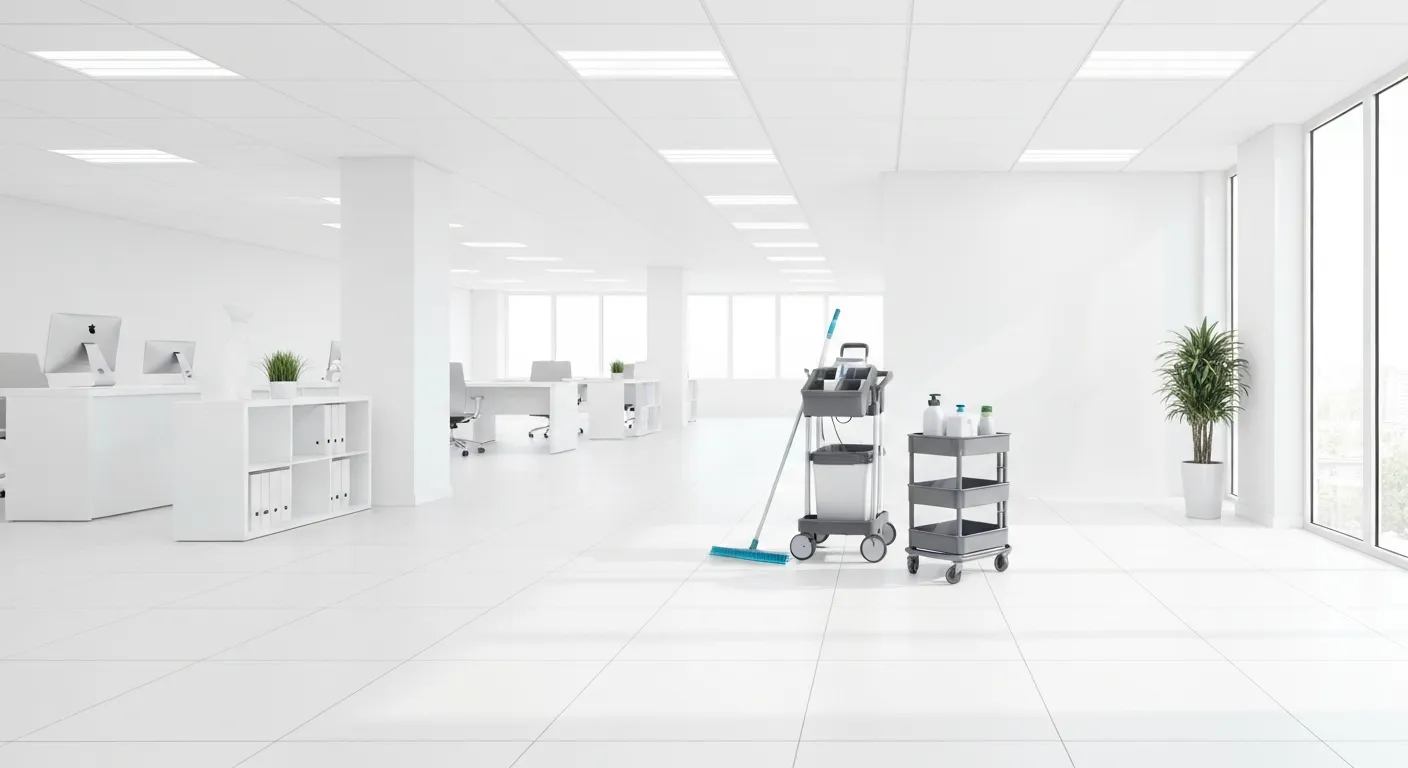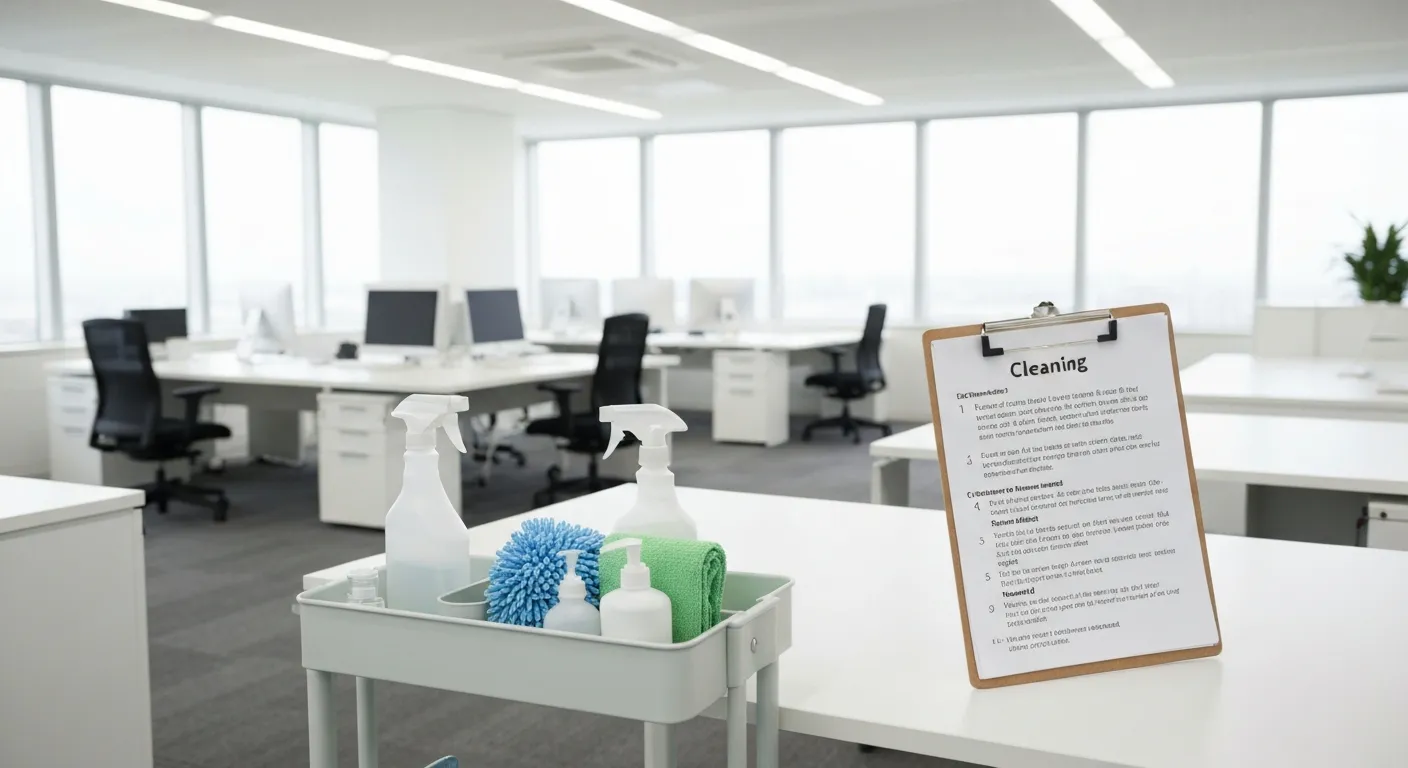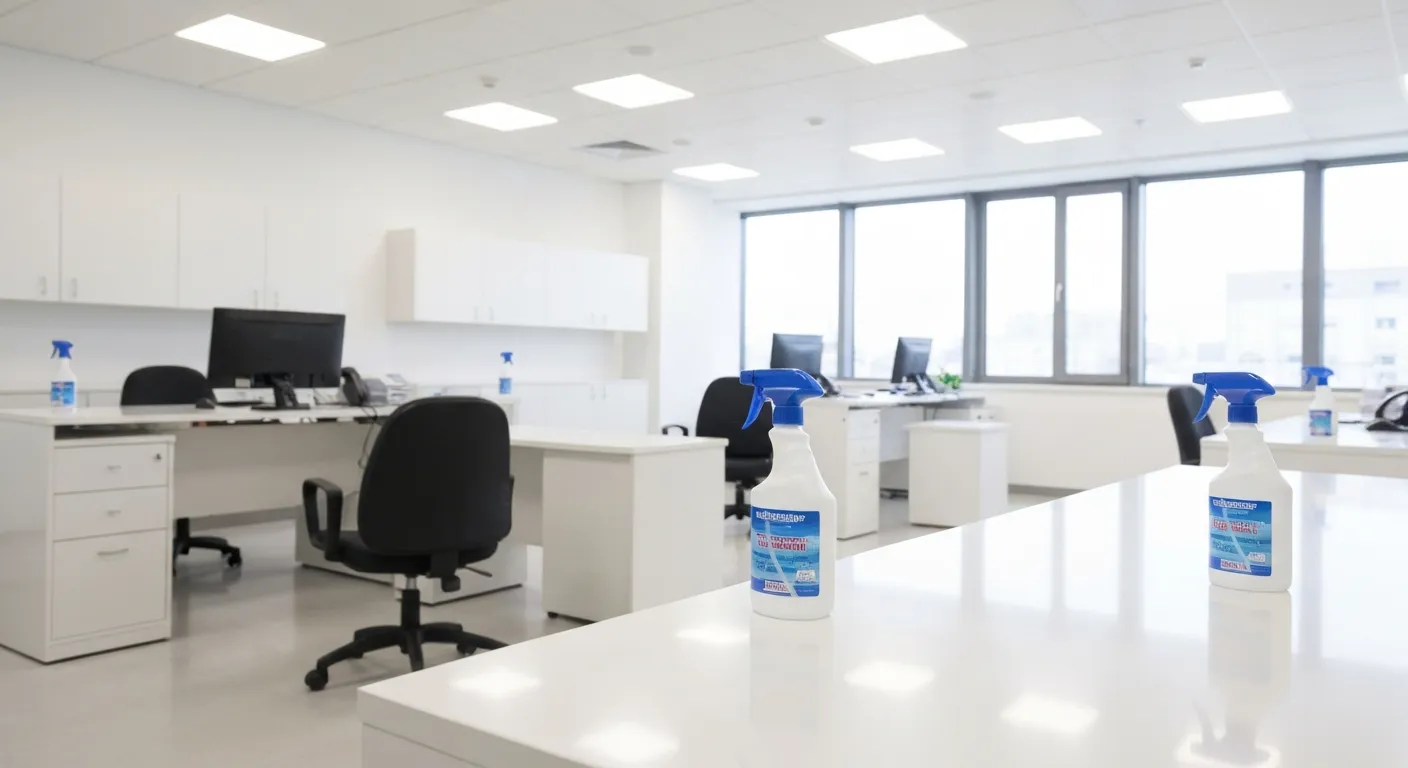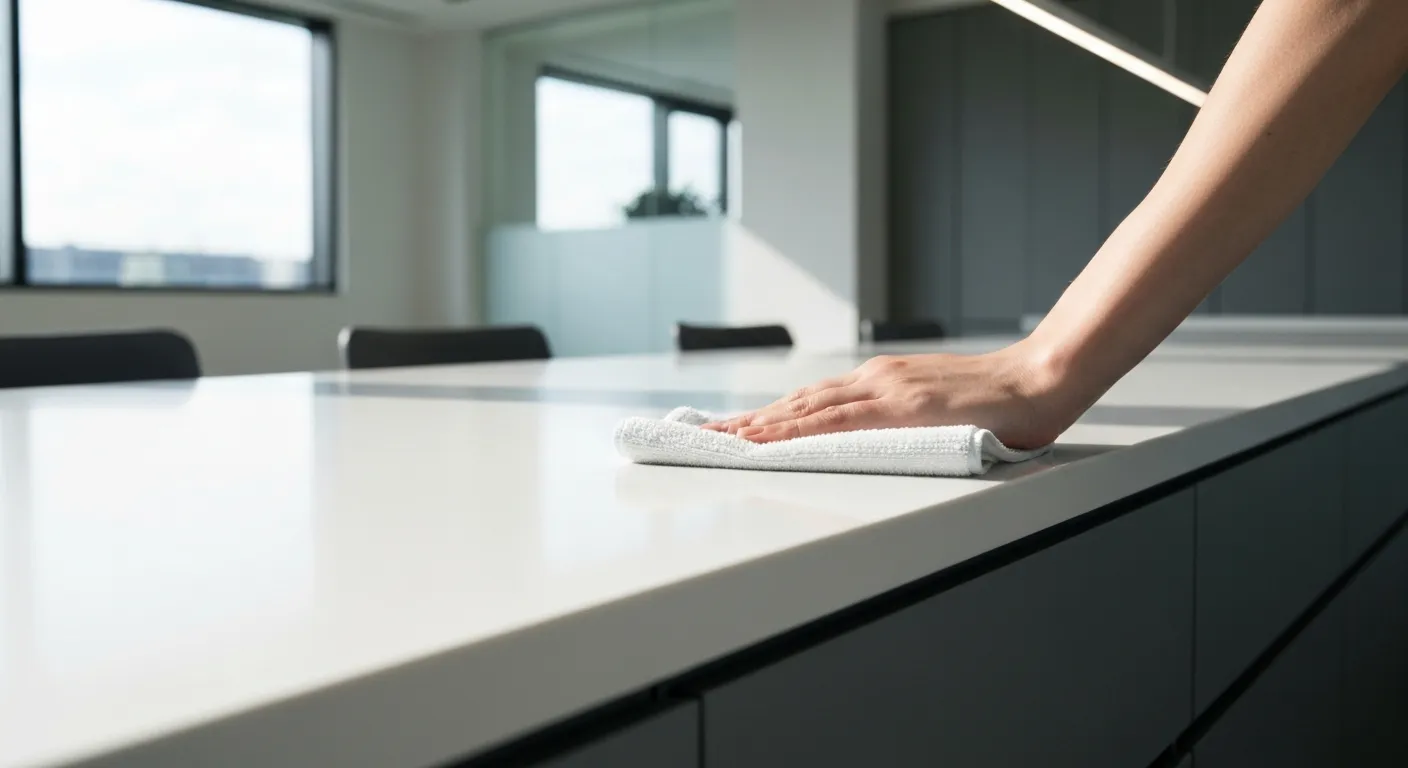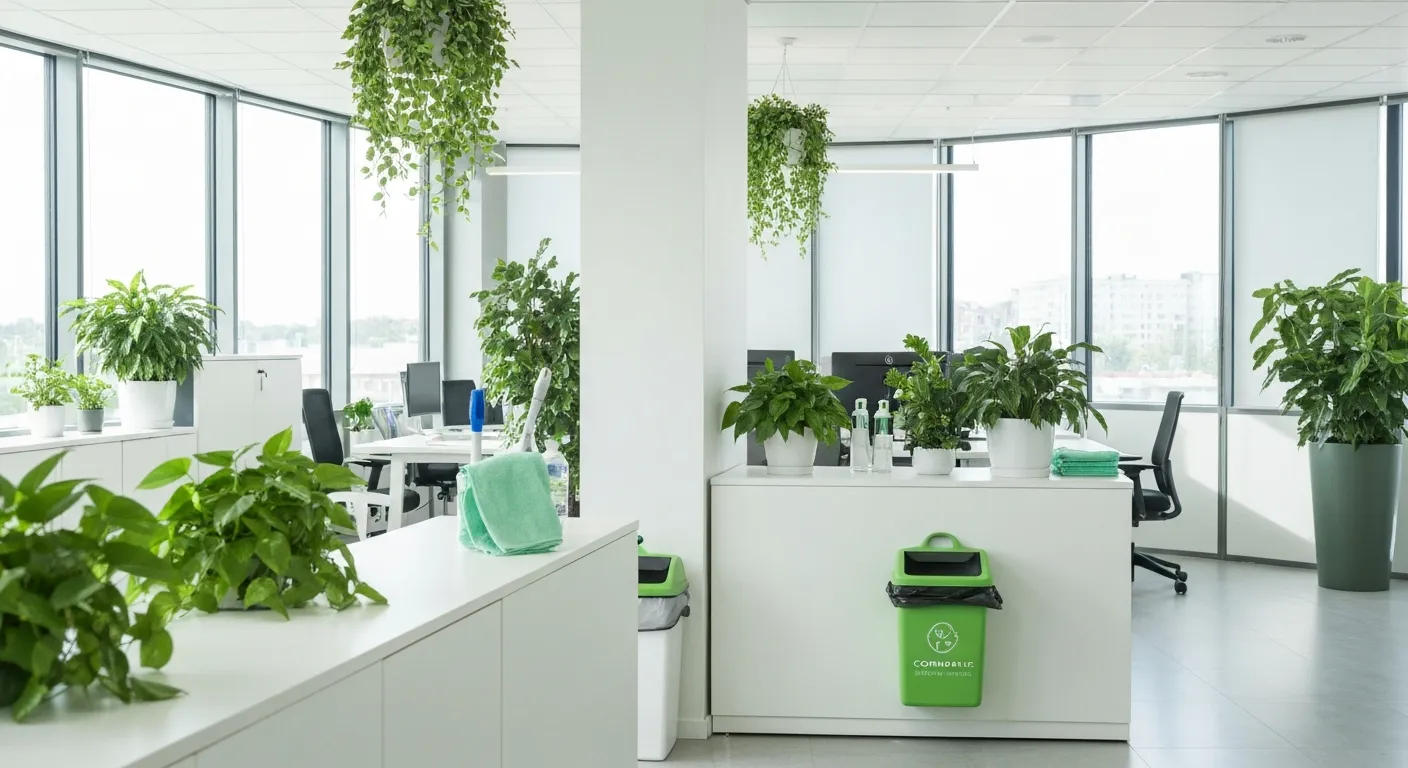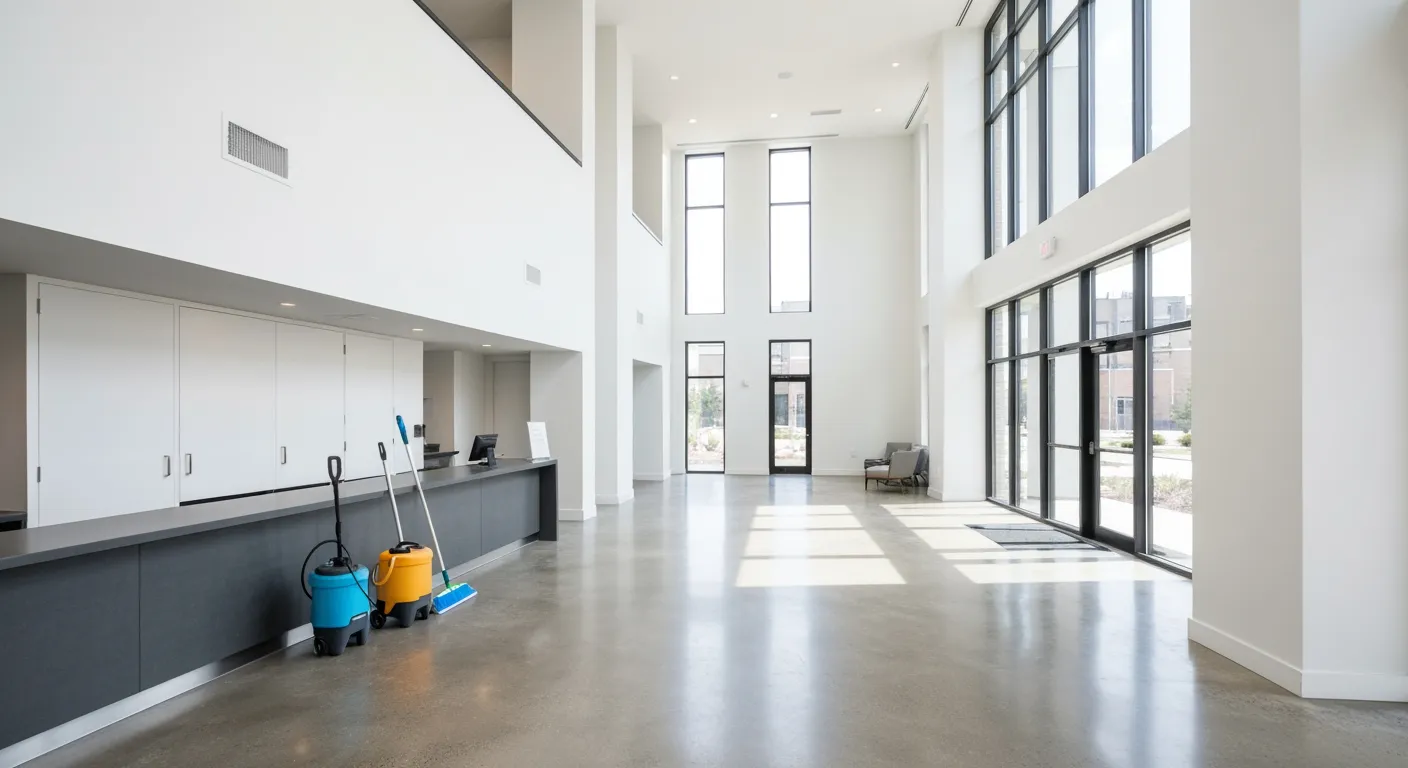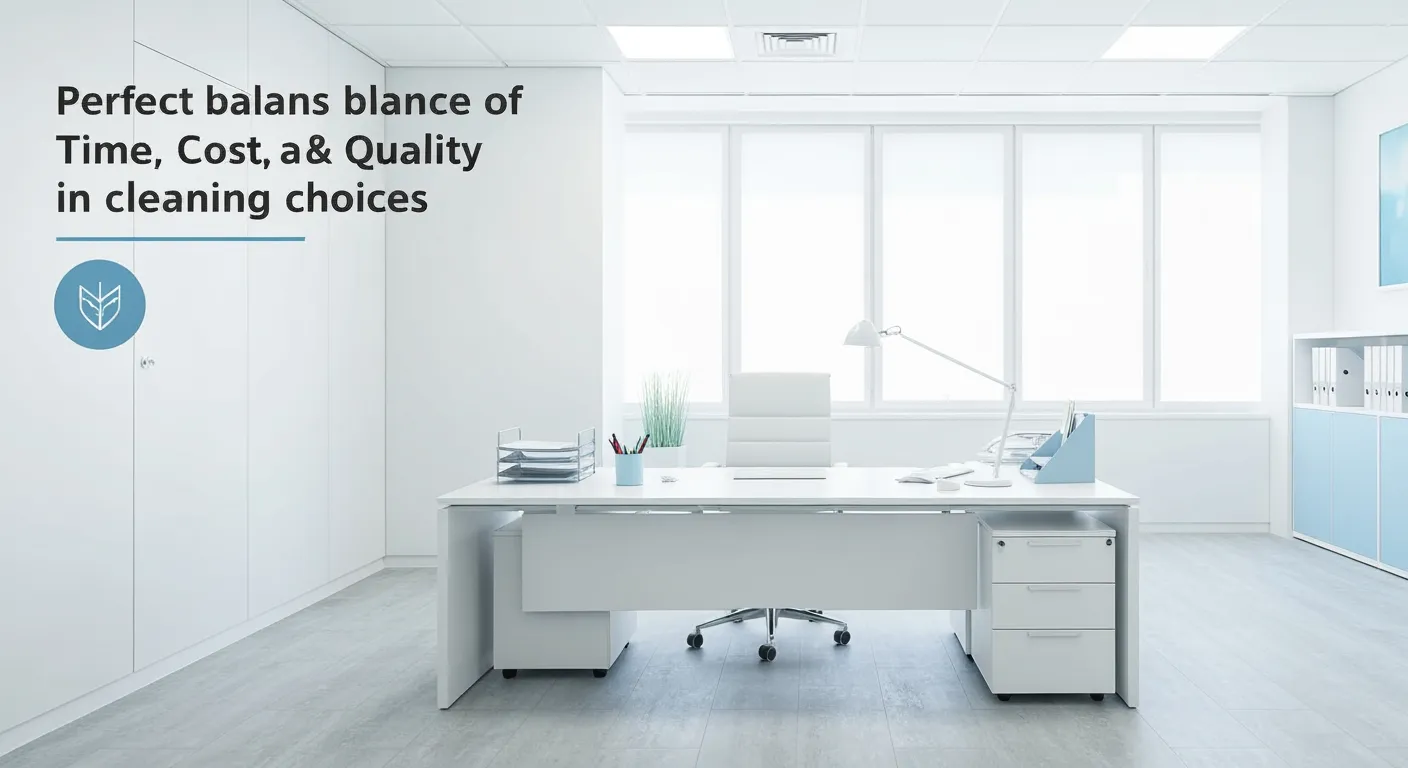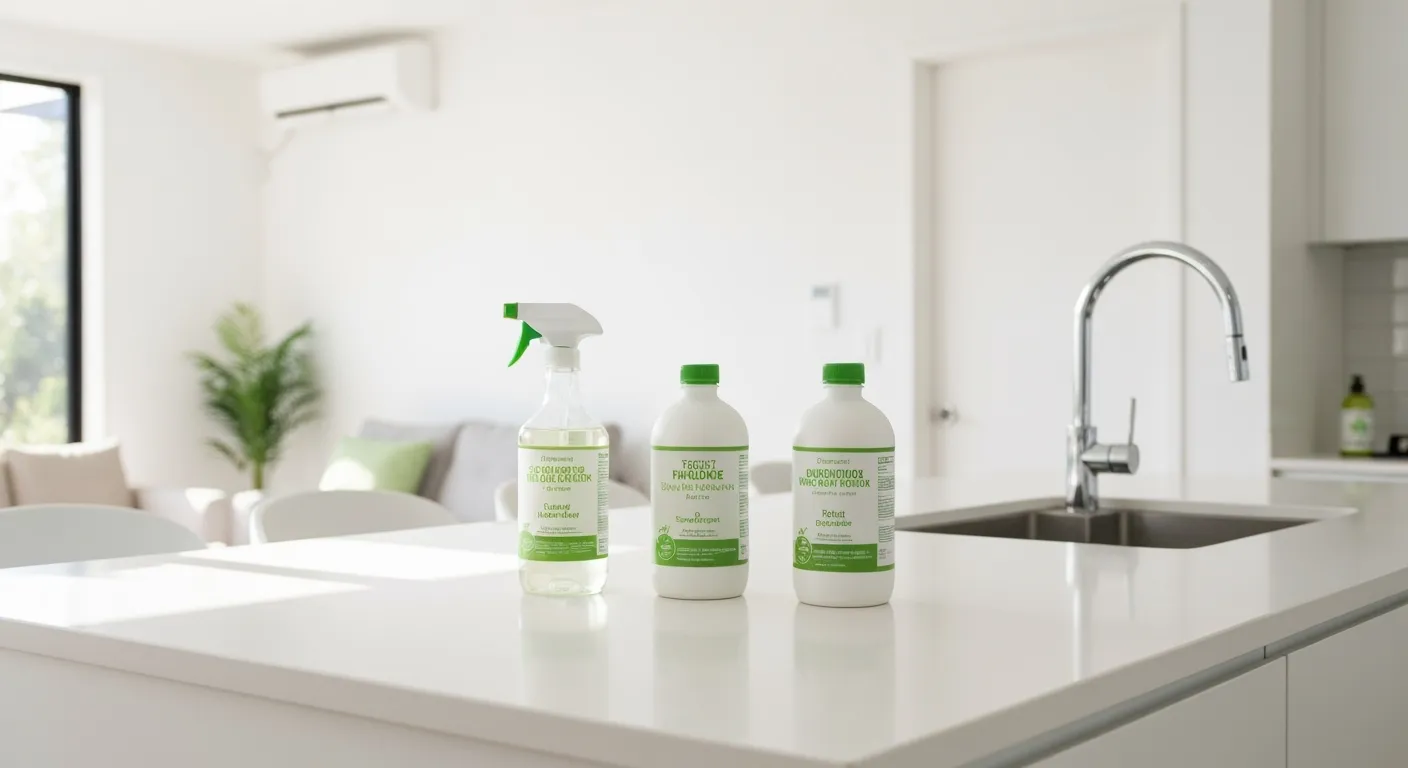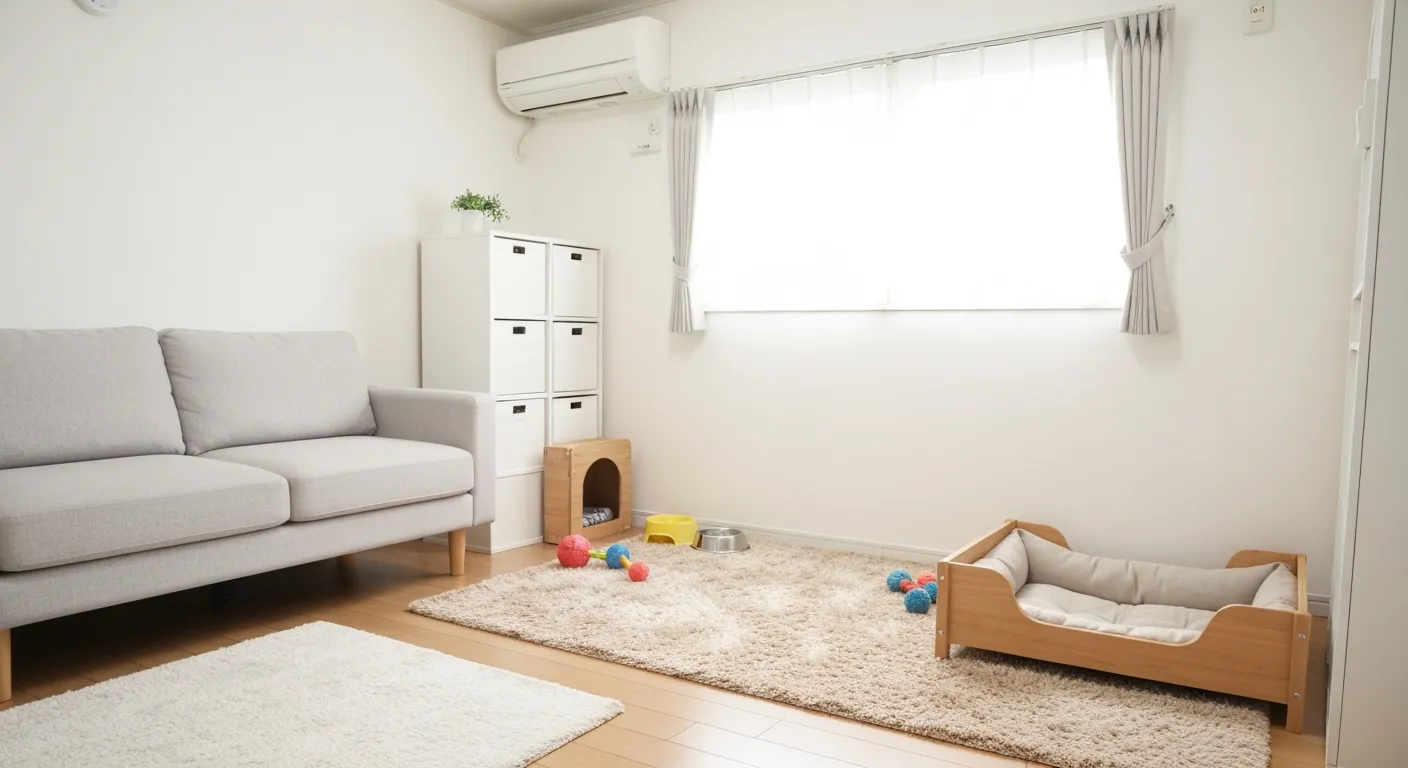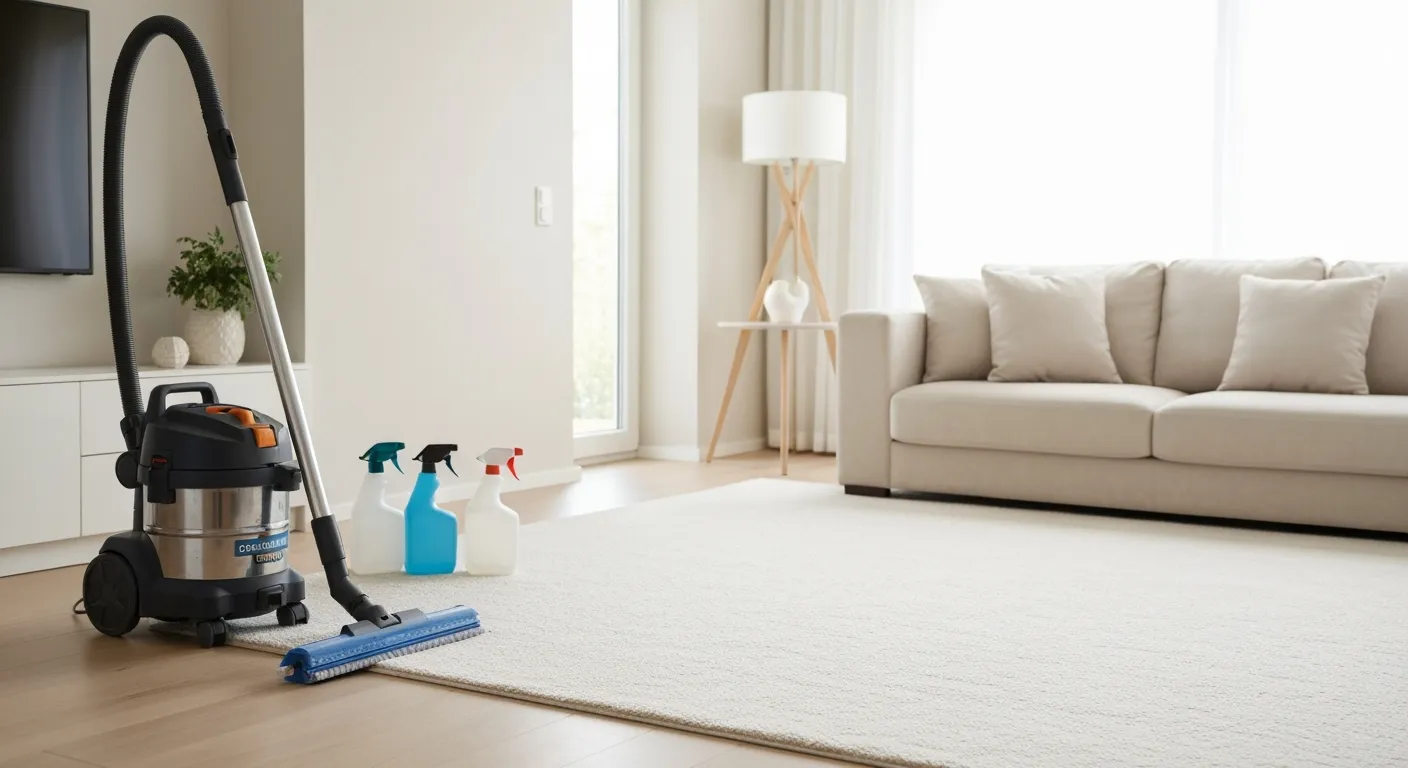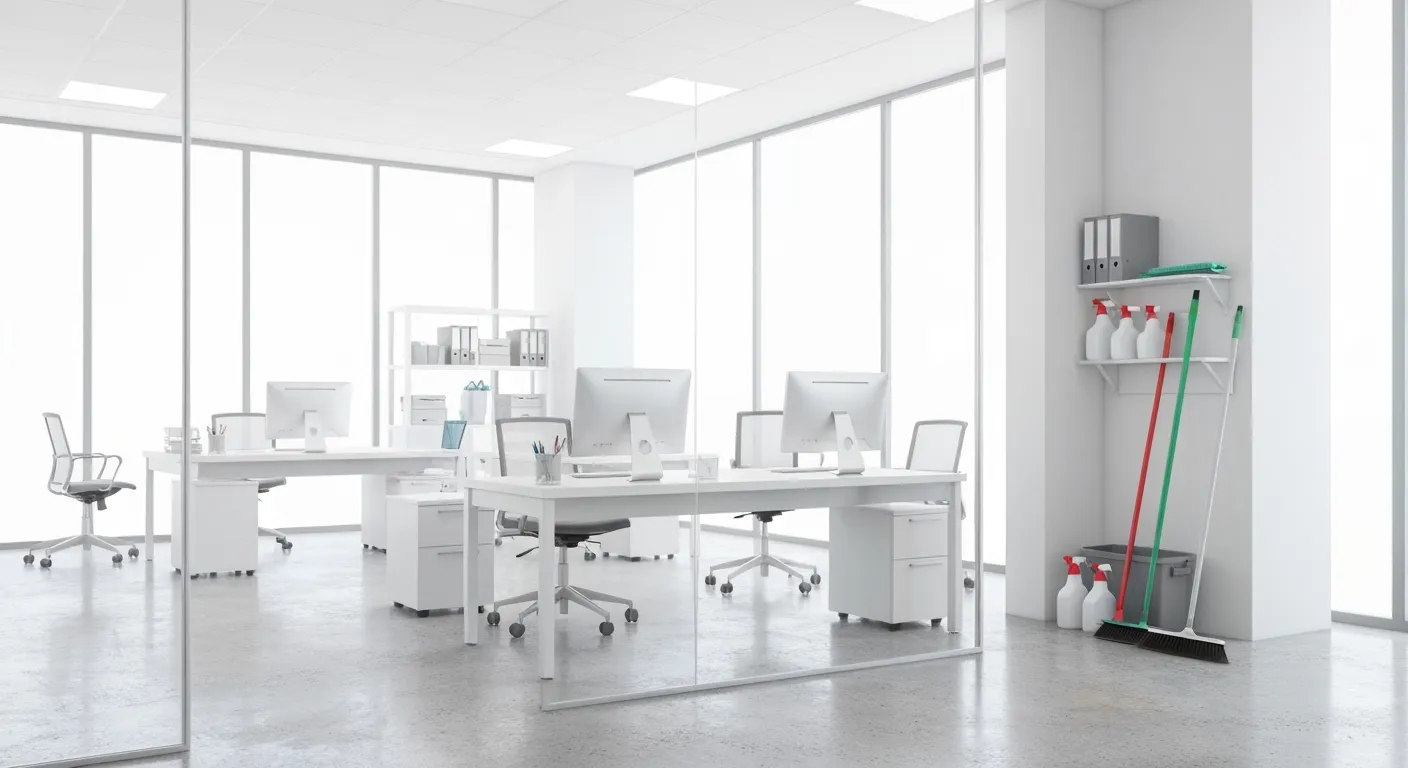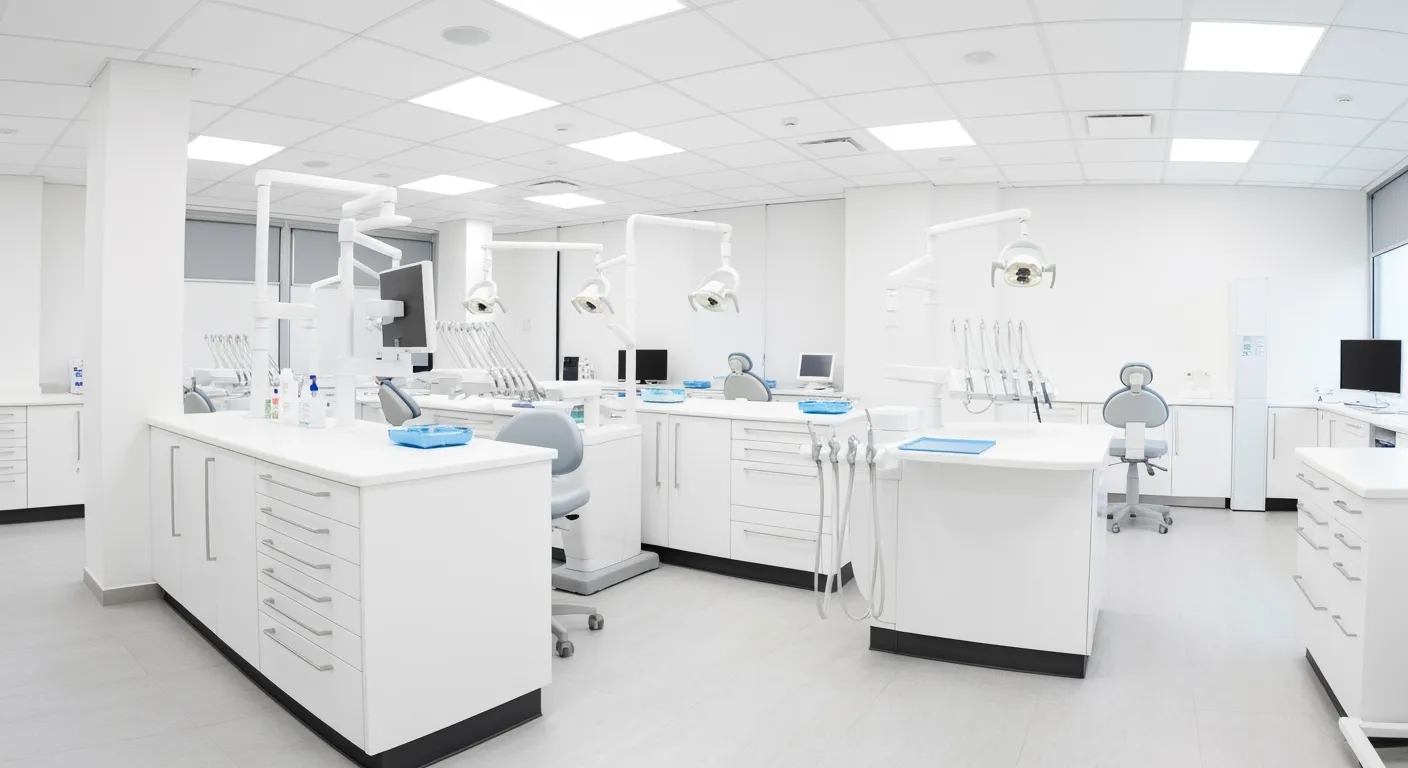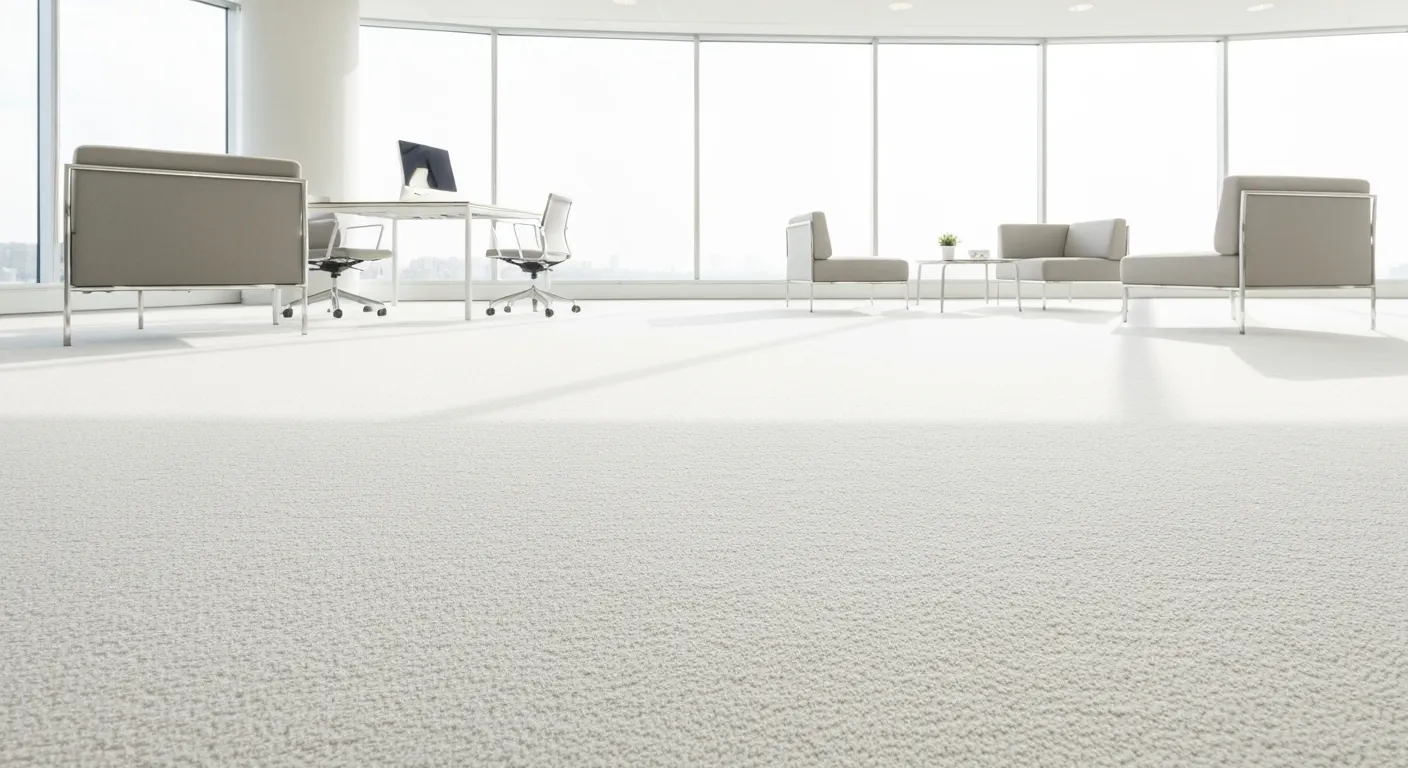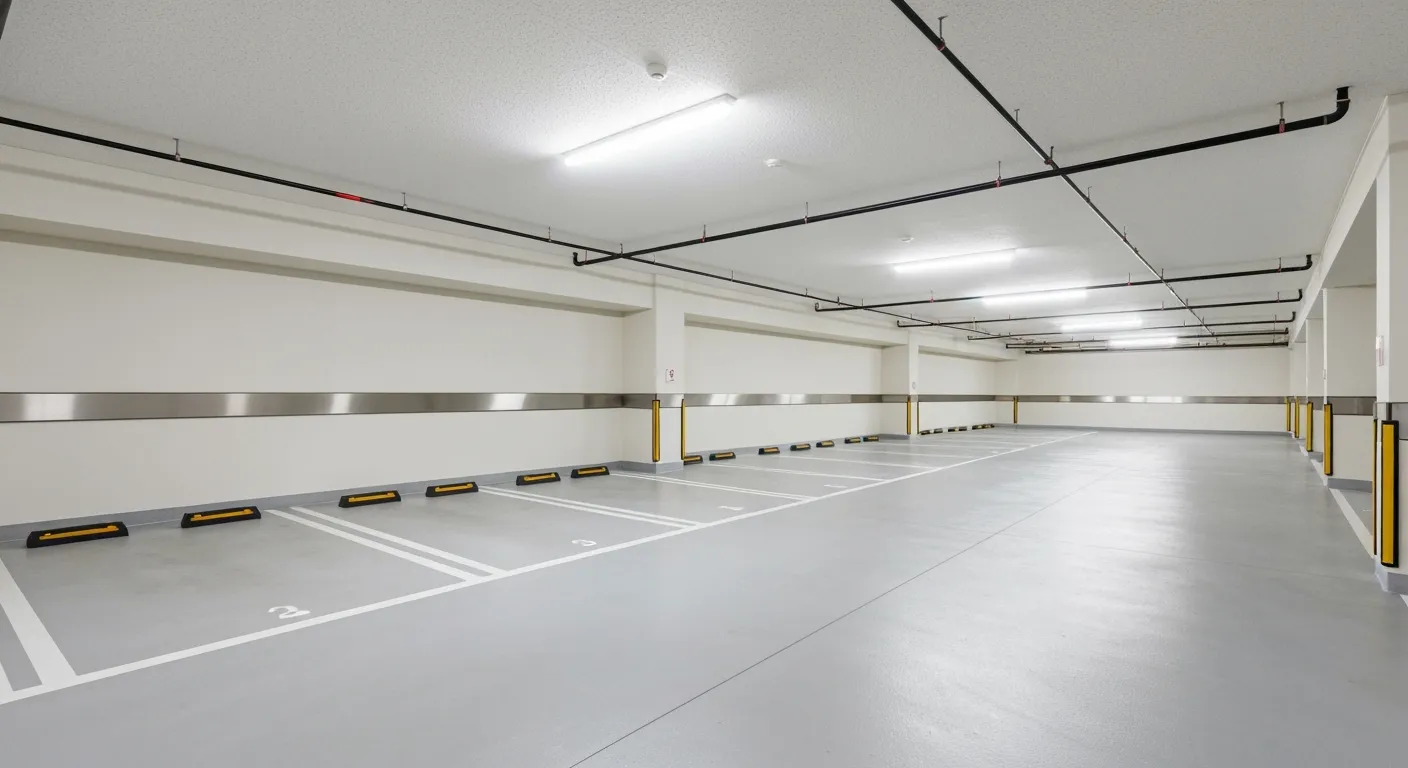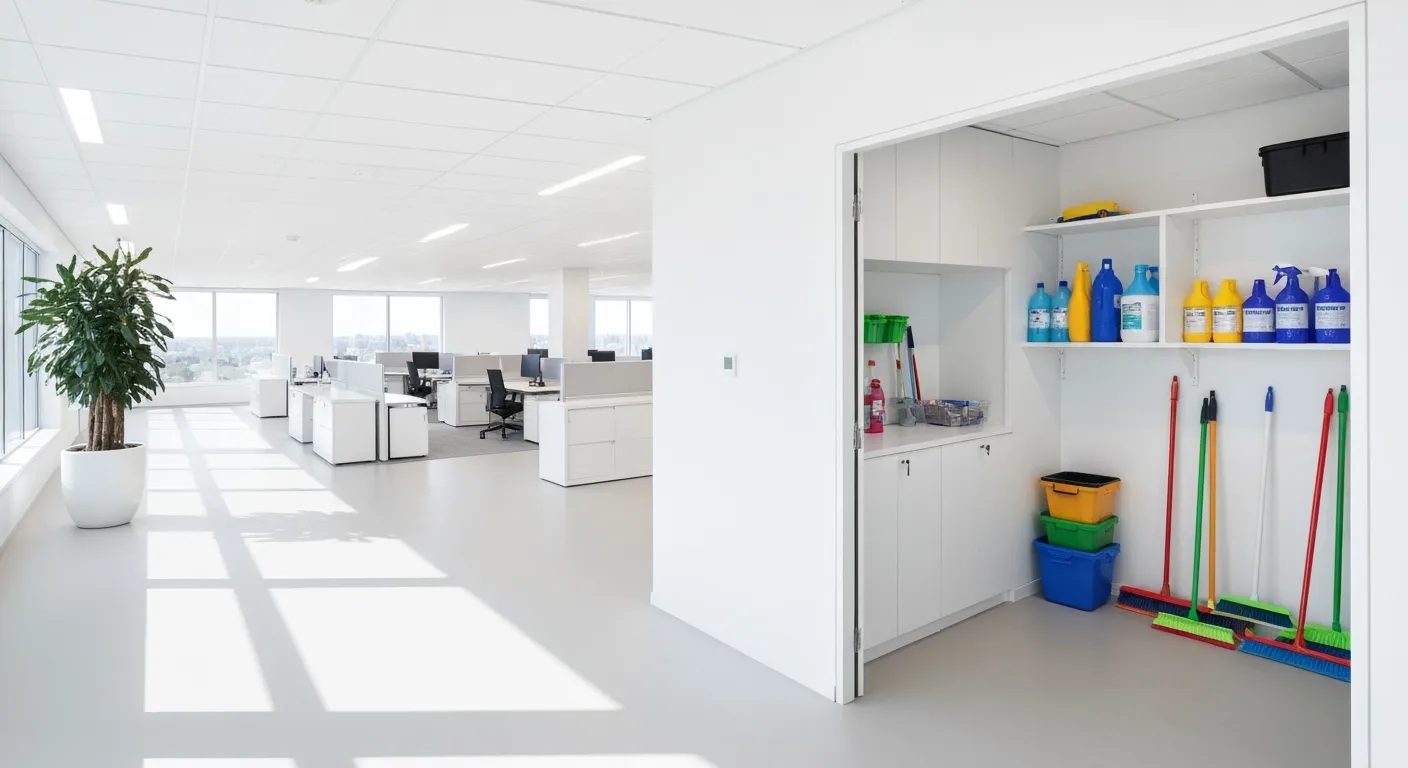How Does Indoor Air Quality Improve After Deep Cleaning? What the Science Says
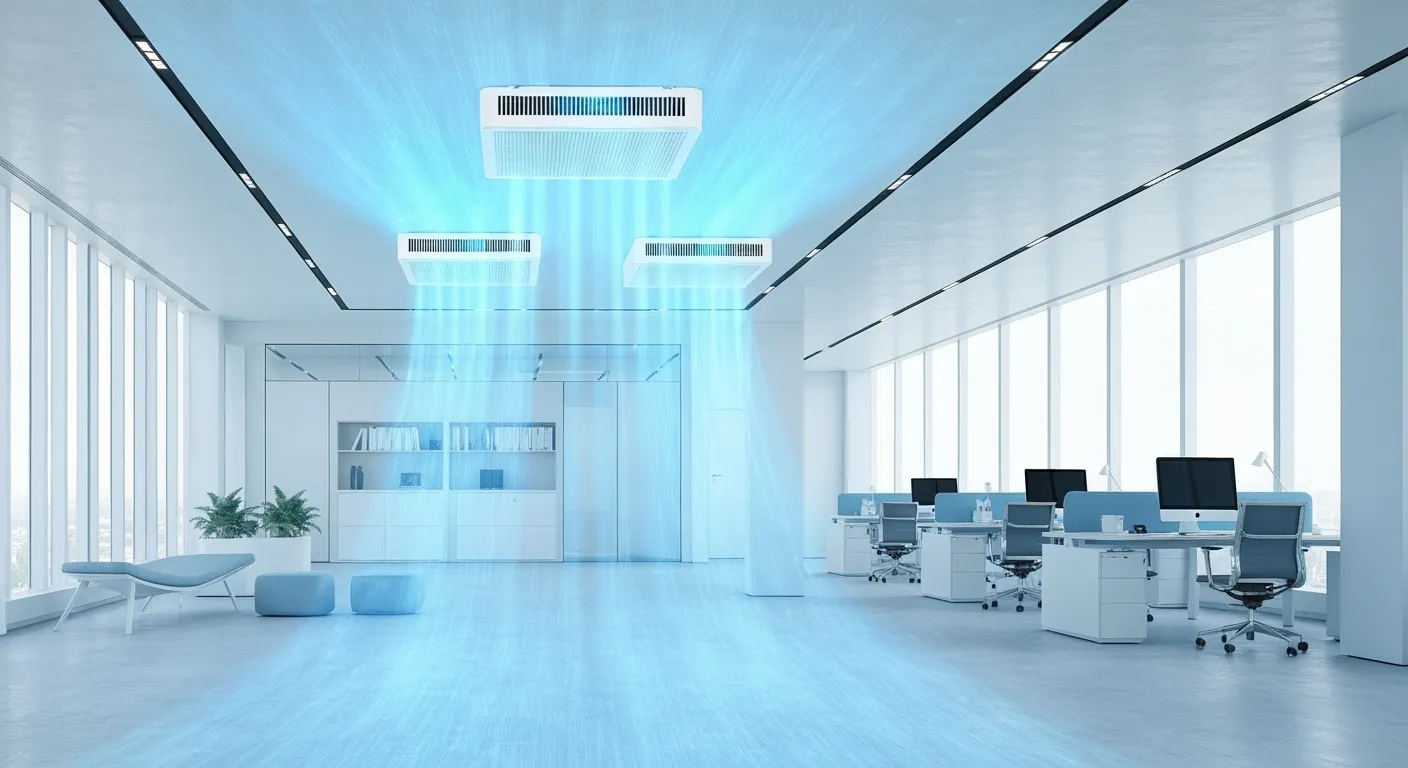
Why Indoor Air Quality Matters
Indoor air quality (IAQ) profoundly affects our health, cognitive function, and overall well-being, especially since people spend nearly 90% of their time indoors. Pollutants such as dust, mold, volatile organic compounds (VOCs), and microbial contaminants accumulate and can trigger respiratory diseases, allergies, and even impact the gut microbiome. Understanding how deep cleaning influences IAQ is essential to harness its full benefits and create healthier indoor environments.
Sources and Types of Indoor Air Pollutants: The Invisible Threats Within Our Homes
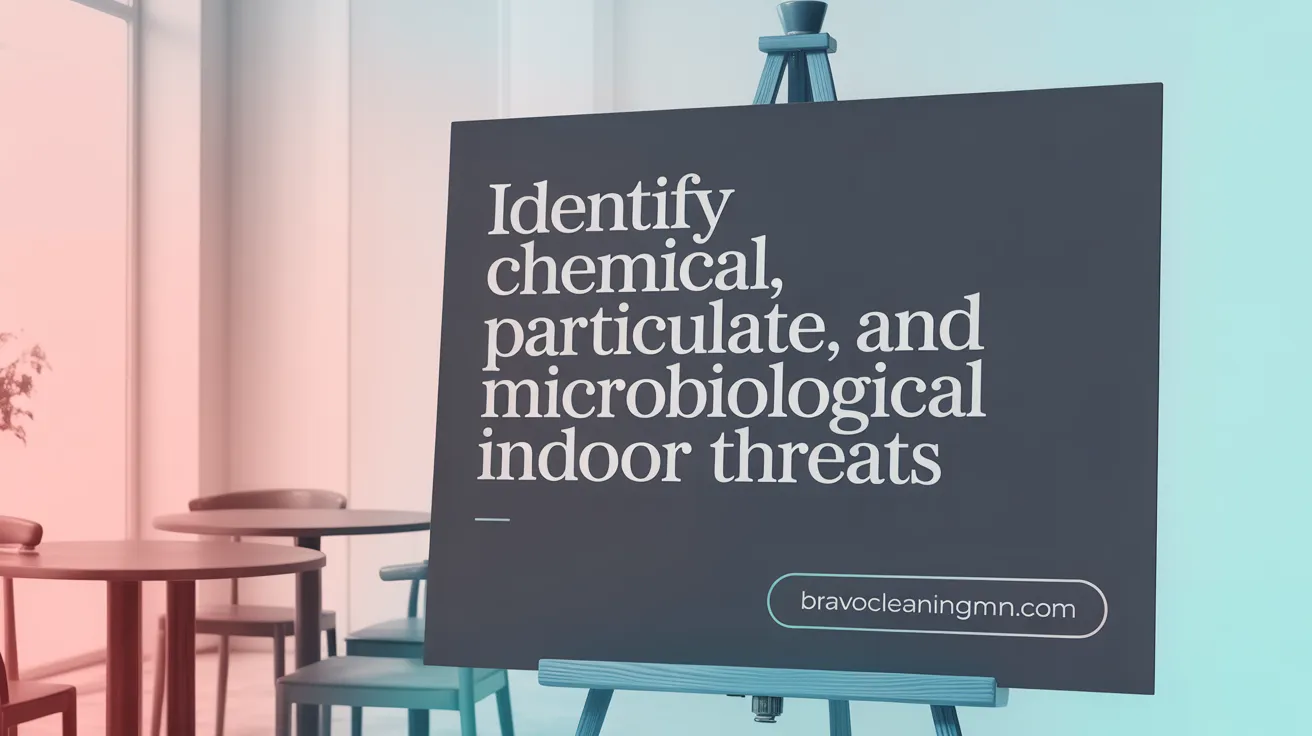
What are the main sources and types of indoor air pollutants, including chemicals, particulates, and microbiological contaminants?
Indoor air pollution stems from a multitude of sources within and outside our homes. Common indoor sources include building materials such as pressed wood, which can release formaldehyde and other volatile organic compounds (VOCs), as well as household cleaning and disinfecting products containing chemicals like surfactants, acids, and carcinogens such as chloroform (cleaning products and indoor air quality). Combustion appliances, including gas stoves, furnaces, and fireplaces, emit pollutants like carbon monoxide, nitrogen oxides, and soot.
Tobacco smoke is a notable source, releasing thousands of toxic chemicals and particulates that linger long after smoking ceases (Sources of Indoor Air Pollution). Radon, a radioactive soil gas, infiltrates homes through cracks and openings, representing a significant health risk, especially for lung cancer (Radon exposure and cancer risk).
Biological contaminants are also prevalent, originating from mold growth in damp areas, pet dander from household animals, dust mites, bacteria, and viruses. These microbiological agents can cause allergic reactions, asthma attacks, and infectious diseases (Indoor Air Quality Research, Dust and indoor air quality).
Particulate matter is another critical category, including PM2.5 and PM10—tiny particles that can penetrate deep into the respiratory system and even enter the bloodstream (air pollution and health risks). Indoor activities such as cooking, cleaning, and burning candles or incense significantly contribute to these particulates (Indoor and outdoor air quality impacts of cooking).
Poor ventilation and high indoor humidity intensify pollutant accumulation, increasing health risks. Exposure to these pollutants can trigger immediate irritation of the eyes, nose, and throat, exacerbate respiratory conditions like asthma, and contribute to long-term health issues such as cardiovascular diseases and certain cancers (Indoor Air Quality Importance, Enhancing indoor air quality).
Mitigation strategies involve enhancing indoor ventilation by opening windows or using mechanical systems like heat recovery ventilators, controlling moisture to inhibit mold growth, selecting low-emission building materials, and using air filtration devices including high-efficiency particulate air ([HEPA] filters) (Improving Indoor Air Quality). Reducing the use of pollutant-emitting products and regularly maintaining appliances also play vital roles in improving indoor air quality, thereby safeguarding health (Reduce Indoor Air Pollution).
Effective Cleaning Methods to Boost Indoor Air Quality

Maintaining good indoor air quality is crucial for health and comfort. One of the most effective strategies involves regular dusting and vacuuming, particularly with HEPA filters. HEPA filters are capable of trapping 99.97% of airborne particles larger than 0.3 microns, including dust mites, pet fur, pollen, and other allergens. By consistently removing these particles from surfaces and the air, households can significantly reduce respiratory irritants.
Using low-VOC and natural cleaning agents further improves air quality by minimizing the release of harmful chemicals. Ingredients like baking soda, lemon juice, and vinegar serve as effective, safer cleaning alternatives to conventional products. They help clean surfaces while reducing the number of volatile organic compounds (VOCs) that often linger in indoor environments, contributing to chemical pollution and health issues.
Ventilation plays a key role during and after cleaning. Opening windows, turning on exhaust fans, or employing mechanical ventilation systems such as heat recovery ventilators aids in diluting and removing airborne pollutants. Proper airflow not only clears out chemical residues but also regulates indoor humidity, preventing mold growth and dust mite proliferation.
Additionally, policies such as pet grooming and footwear management can decrease the amount of dirt, pet dander, and outdoor particulates brought indoors. Grooming pets regularly reduces fur and dander, while a no-shoes policy limits dirt and pollutants tracked into the home.
Enhancing indoor air quality through these cleaning practices creates a healthier environment, reduces allergy and asthma triggers, and supports overall well-being.
Impact of Cleaning Products, Disinfectants, and Air Purification Techniques on IAQ
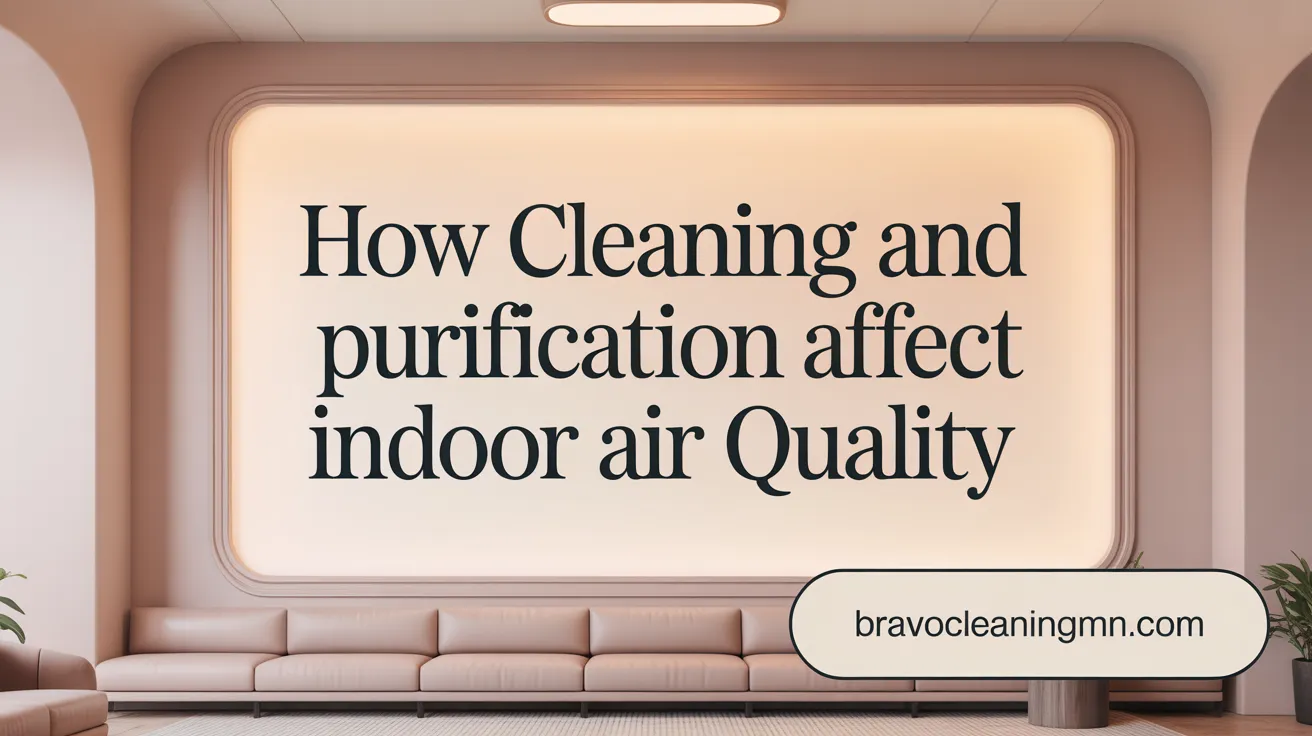
Cleaning products and disinfectants are widely used in indoor environments to reduce germs and maintain hygiene. However, they can also release various chemicals into the air that may degrade indoor air quality (IAQ). Many cleaning agents contain volatile organic compounds (VOCs), surfactants, acids, and other chemicals like chloroform, phthalates, and synthetic fragrances. When these chemicals evaporate, they contribute to indoor chemical pollution and can cause respiratory irritation, allergic reactions, and long-term health issues such as asthma or even cancer.
Disinfectants, especially during the COVID-19 pandemic, have increased use and often contain chemicals like chlorine and formaldehyde, which are known irritants and carcinogens. Some cleaning activities, particularly in enclosed spaces, can increase indoor concentrations of harmful pollutants significantly, especially if ventilation is inadequate.
To combat these effects, using safer products certified by programs like EPA’s Safer Choice, and limiting the use of oil-based products during high ozone conditions, can help reduce emissions of reactive VOCs. Proper cleaning methods include ventilating spaces during and after cleaning to allow chemical fumes to dissipate.
Air purification techniques like HEPA filters are effective at removing airborne particles such as dust, pet dander, and pollen, and can reduce allergens by up to 80%. However, HEPA filters are not designed to remove gaseous pollutants like VOCs or formaldehyde. For gaseous contaminants, activated carbon filters are more appropriate.
Additionally, UV germicidal irradiation, particularly far-UVC light, can inactivate airborne viruses and bacteria, helping to reduce microbial contamination without introducing chemical emissions. Nonetheless, the effectiveness of any air purification method depends on proper use, maintenance, and an understanding of its limitations.
In summary, while cleaning products and air purifiers can greatly influence IAQ, their benefits are maximized when hazardous chemical use is minimized, ventilation is improved, and proper cleaning practices are followed. Increasing awareness about product labels and safe cleaning habits is essential for maintaining a healthy indoor environment.
Scientific Evidence Supporting IAQ Improvements After Deep Cleaning

Numerous scientific studies provide strong evidence that deep cleaning of indoor environments leads to significant improvements in air quality. One of the most comprehensive sources is research conducted by Harvard University’s T.H. Chan School of Public Health, which documented pollutant reductions of up to 67% within just 48 hours after deep cleaning procedures. These results show that such cleaning methods can rapidly and effectively decrease airborne contaminants, including dust, bacteria, fungi, and VOCs.
Further, the benefits of deep cleaning are not just immediate but also have lasting effects. Regular professional cleaning was associated with 43% lower particulate matter concentrations over long-term periods, with these improvements persisting for about two weeks. These sustained reductions contribute to fewer respiratory issues and improve overall health, as supported by evidence on improving indoor air quality.
In addition to particulate pollutants, deep cleaning techniques—especially those using HEPA filters and steam cleaning—are highly effective at removing embedded allergens from carpets, upholstery, and fabrics. Studies report allergen reductions as high as 89% for dust mites and 82% for pollen, which significantly diminish triggers for asthma and allergies.
Emerging research points to other benefits, such as positive impacts on the gut microbiome, which is linked to respiratory health. Improvements in indoor air quality through deep cleaning may indirectly promote a healthier microbial environment, further supporting immune function.
In conclusion, rigorous scientific trials and real-world studies confirm that deep cleaning, particularly when incorporating advanced filtration and disinfection methods, markedly enhances indoor air quality and promotes better respiratory and overall health.
Health Benefits of Enhanced Indoor Air Quality
Improved indoor air quality offers substantial health advantages, especially in reducing respiratory problems, allergies, and asthma. By decreasing airborne pollutants, such as particulate matter, mold spores, and chemical contaminants, individuals can experience fewer respiratory infections, reduced asthma episodes, and less allergic response (Indoor Air Quality Improvement, Indoor Air Pollution Health Effects, Dust and Indoor Air Quality).
Research also highlights a fascinating link between indoor air quality and the body's microbiome, particularly in the gut. Maintaining a healthier indoor environment—through moisture control, routine cleaning, and use of effective air filtration—can support the microbiome's diversity and balance. This is significant because the gut microbiome influences immune function and overall health (Cleaner Indoor Air and Breathing Health, Indoor Air Quality and Gut Microbiome).
Emerging studies point to the gut-lung axis, a biological pathway connecting gut microbes to respiratory health. Cleaner indoor air environments promote the growth of beneficial microbes while limiting harmful ones like mold and pathogenic bacteria, helping the immune system function optimally (Cleaner Indoor Air Benefits, Indoor Microbial Ecosystems).
Enhancing air quality indoors not only alleviates immediate respiratory symptoms but also fosters microbial environments that support immune resilience. This holistic approach to indoor health underscores that better air purity, alongside microbial balance, can help reduce allergy and asthma risks, and bolster long-term wellbeing (Indoor Air Quality Strategies, Impact of Deep Cleaning on Air Quality).
Implementing ventilation improvements, source control of pollutants, and effective air filtration are practical steps to achieve these health benefits. The synergy of clean air and balanced microbiomes ultimately supports overall health, cognitive function, and a stronger immune system (Ventilation and Pollutant Dilution, HEPA Filters and Air Quality, Indoor Air Quality and Mental Health).
Maintaining Good Indoor Air Quality: Ventilation, Source Control, and Monitoring Strategies
Why ventilation systems and natural airflow are essential
Effective ventilation is fundamental to maintaining indoor air quality. Natural airflow, such as opening windows and doors, allows fresh outdoor air to dilute indoor pollutants and reduce humidity, which can prevent mold growth. Mechanical ventilation systems, especially those with energy-efficient heat recovery ventilators, actively bring in outdoor air to improve air exchange rates. Proper ventilation not only lessens the concentration of dust, VOCs, bacteria, and other airborne contaminants but also helps regulate temperature and moisture levels, creating a healthier indoor environment.
Measures for controlling indoor pollutant sources
Source control for indoor air is the most direct method to improve IAQ. It involves eliminating or reducing emissions from common indoor sources such as tobacco smoke, cooking fumes, household chemicals, and building materials that emit formaldehyde or other VOCs. Strategies include using low-emission products, fixing water leaks to prevent mold, and avoiding indoor smoking. Sealing asbestos and lead-based paint, adjusting gas stoves to reduce emissions, and removing dust and pet dander also contribute significantly to lowering indoor pollutant levels (EPA Indoor Air Quality Guidance, Cleaning products and indoor air quality).
The role and effectiveness of air filters and purifiers
Air cleaning devices like HEPA filters and portable purifiers are vital mitigation tools, especially where ventilation is limited. HEPA filters can remove over 99.97% of airborne particles larger than 0.3 microns, including dust, pet dander, and bacteria (Effectiveness of Air Cleaners). While they are less effective against gaseous pollutants like radon and VOCs, combining filters with source control and ventilation enhances overall IAQ. Regular maintenance and replacement of filters ensure their continued effectiveness.
Testing for pollutants such as radon and mold
Regular testing is crucial for detecting pollutants that are invisible and odorless, including radon and mold spores. Radon mitigation involves installing vent pipes or fans to reduce indoor radon levels, which are linked to lung cancer (Radon exposure and cancer risk, 7 Common Air Pollutants and How to Remove Them). Mold testing through visual inspection and moisture measurements helps identify hidden water damage, enabling timely removal and mold prevention. Early detection through testing reduces health risks by guiding appropriate remediation efforts.
Maintenance of HVAC systems and reducing pollutant sources
Keeping HVAC systems in optimal condition is essential. Regularly cleaning or replacing filters, inspecting and sealing ductwork, and ensuring proper ventilation reduce dust and biological contaminants (Importance of cleaning and hygiene on indoor air quality, HVAC and filtration practices). Proper operation of appliances, avoiding indoor fires, and controlling humidity help prevent mold and microbial growth. Restricting chemical use indoors and ensuring adequate airflow are crucial practices (Reducing Your Exposure to Indoor Air Pollution, Indoor Air Quality Strategies). Combined, these measures maintain a clean air environment, minimizing indoor exposure to harmful pollutants and supporting long-term health.
Summary: The Science-Backed Path to Healthier Indoor Air
Deep cleaning holds a scientifically validated position as a critical intervention to improve indoor air quality by substantially reducing dust, allergens, microbial contaminants, and chemical residues. Its benefits extend beyond immediate pollutant removal, also positively impacting respiratory health and even gut microbiome composition. Proper selection of cleaning products, combined with ventilation enhancement and source control, ensures that cleaning practices do not inadvertently raise indoor pollution levels. Continuous monitoring and maintenance of indoor environments, including HVAC systems, augment and sustain these improvements. As evidence accumulates, integrating deep cleaning with comprehensive air quality strategies emerges as essential to safeguarding health and comfort in indoor spaces, ultimately creating safer, cleaner, and more resilient living and working environments.


